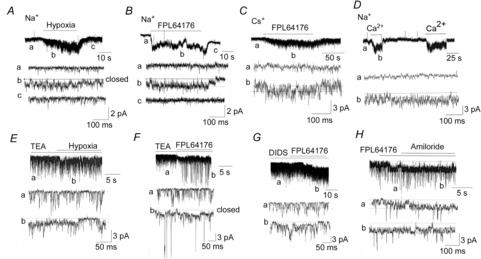Figure 6. Ion selectivity of the 20 pS channel.

A and B, cell-attached patch was formed with 140 mm NaCl in the pipette and extracellularly perfused with physiological solution. Pipette potential was 0 mV. Hypoxia (A) and FPL64176 (B) activated the 20 pS channel. C, cell-attached patch was formed with 140 mm CsCl in the pipette. FPL64176 activated a 22 pS channel. D, inside-out patch was formed with 140 mm NaCl in the pipette. Bath solution contained 140 mm NaCl with 1 mm EGTA and no Ca2+. Pipette potential was +60 mV. Ca2+ (10 μm) added to the bath solution reversibly activated 20 pS channels. E, cell-attached patch was formed with 5 mm TEA in the pipette. TEA (5 mm) applied to bath solution did not activate the 20 pS channel, whereas hypoxia did. F, FPL64176 applied to the bath solution activated the 20 pS channel as well as BK in this cell-attached patch. TEA was present only in the bath solution. G, DIDS (100 μm) applied to the cell-attached patch for ∼2 min did not activate the 20 pS channel, whereas FPL64176 did. DIDS was present in the pipette solution. H, FPL64176 was added to the bath solution to activate the 20 pS channel in a cell-attached patch. Amiloride (100 μm) addition did not inhibit the 20 pS channel. Amiloride was present in the pipette solution.
